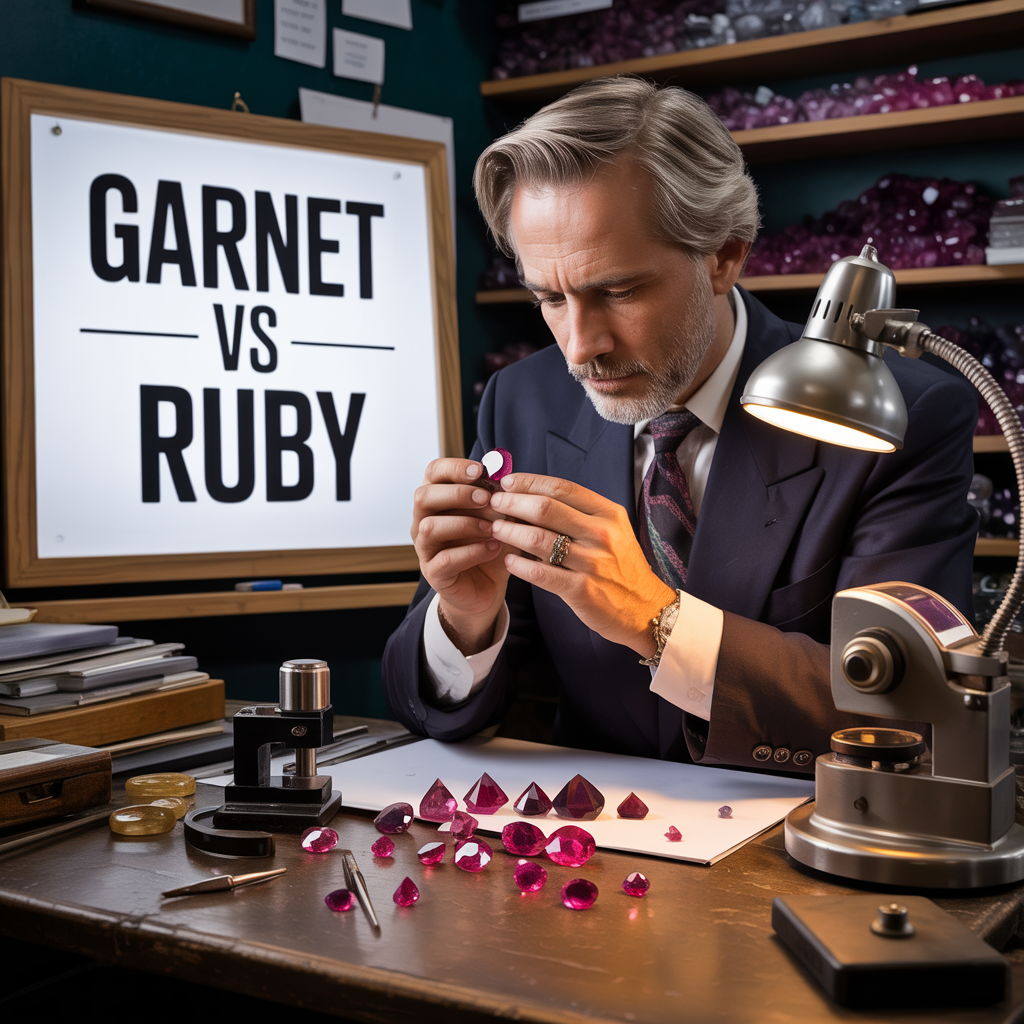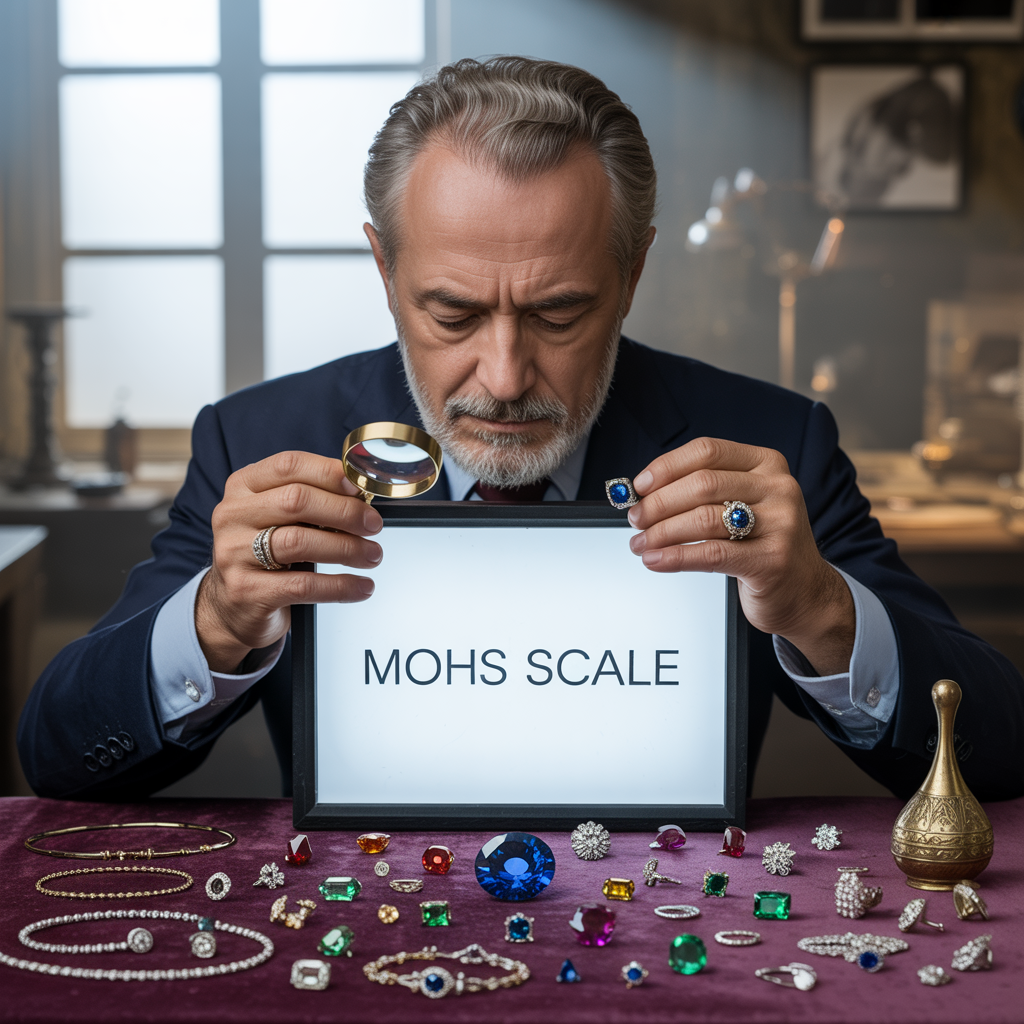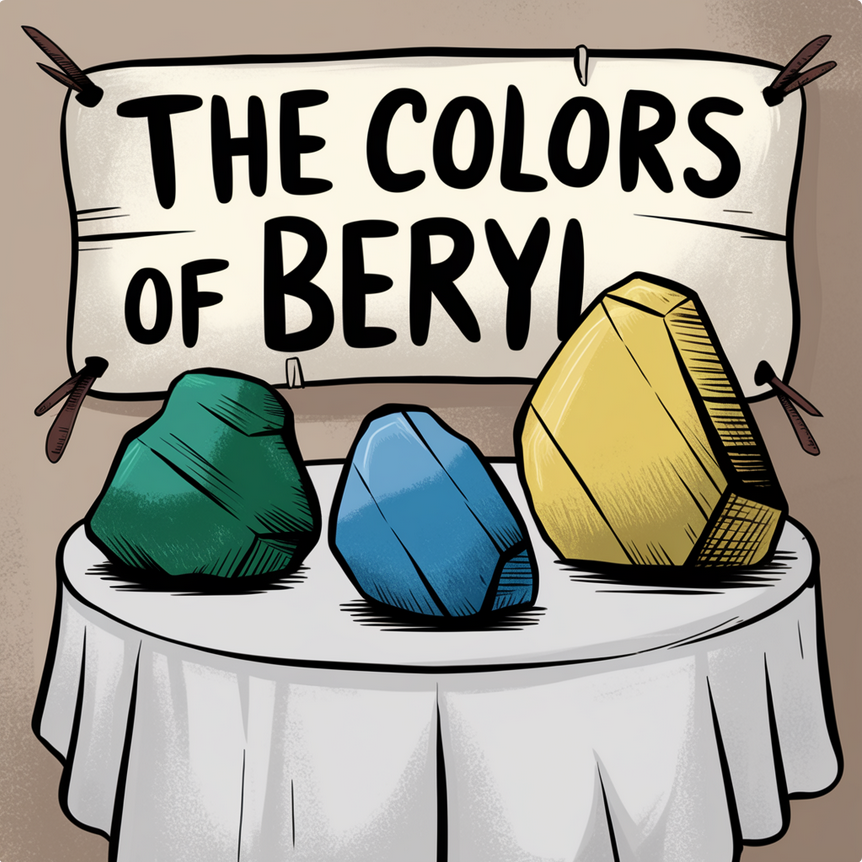Amethyst Gemstones
Ametrine Gemstones
Aquamarine Gems
Alexandrite Gems
Garnet Gems
Amethyst Gemstones
Ametrine Gemstones
Aquamarine Gems
Alexandrite Gems
Garnet Gems
Amethyst Color Quality Grading & Sources
by Jeff Moriarty October 01, 2018
Amethyst is the violet to purple form of quartz. Quartz is the most common mineral in the earths crust. As common as the mineral quartz is, the finest amethyst commonly known as “Siberian color” is quite rare. This color is the color of concord grapes with a secondary red flash when viewed in incandescent lighting. The top colors will exhibit this secondary red or blue flashes of color and only can be seen in the deeper colors of amethyst.
Amethyst Colors

Amethyst is more commonly found in tones from light purple and violet to lavender pink. With proper cutting all of these colors can be very attractive. The advantage of some of the lighter colors is that they can exhibit excellent brilliance. Recently lavender pinks have been found in Brazil that can occasionally have the look of fine kunzite and morganite. This material was last available 30 years ago shortly after I started in the business and then were not available for more than 25 years. I found this material from a Brazilian dealer in Tucson in 2011. After being at the gem show here in 2025, I haven't seen this exact color yet, but we do have many that are close and that I still need to cut.
Where is Amethyst From
The top material is named after a source in Russia although I personally have never seen a top color amethyst from Siberia. In the 1980’s through the 1990’s the top source was Zambia which produced large quantities of top material with blue and red secondary’s that produced a velvety color that at the time was unrivaled. The problem with this material for the cutter was the large amount of inclusions that had to be worked around. A single piece of larger rough often required 10 saw cuts to get to clean material that could be faceted. Little material has been seen from this source since the mid 1990s. Brazil has been the producer of the largest quantity of material over the

years. Rarely the top Siberian colors but Brazil is famed for its quantity and size of its amethyst found a
Maraba, Rio Grande do Sul and Bahia. The pink and bi-color clear and purple amethysts are unique to Brazil. After the Zambian source played out a new supply was discovered in Uruguay. This material was unusual for it crystalline shape and unusually high clarity making this material a cutters dream. The high crystal character produces a deep color with excellent brilliance. Bolivia is famed for it bi-color ametrine featuring violet of amethyst combined with the golden color of citrine. These crystal are also cut with amethyst only but the color is of lower quality compared to other sources. North America has limited quantities of amethyst, most notable are Thunder Bay in Canada on Lake Superior and Four Peaks in Arizona. Amethyst is also mined in Colorado and Maine. In my travels the finest source of all is Madagascar due to the intensity of the secondary blue and red colors in the deep concord grape color amethyst. I believe the source is Maralombo.
Ametrine Colors
Bolivia is the source of the bi-color amethyst known as ametrine. This unique material is part amethyst and part citrine. The true nature of its color has been disputed over the years but it has been proven to be of natural color and not treated. I have always felt that this was one of the best values in any gem due to its single source, beautiful color and lowest price of any bi-color gem.

An issue of concern to the amethyst buying public is the availability of synthetic amethyst that for even the experienced jeweler identification is generally not possible. Both top Siberian colors and ametrine synthetics are commonly seen in the market. Identification of these gems is often more expensive than the value of the gem itself. The only protection you have is buying from a reputable source. My first exposure to this material was at a show where a dealer was showing a large quantity of Siberian color amethyst at a very reasonable price. Both price and the large amount of material with near identical fine color was the tip off to the nature of this synthetic material.
Jeff Moriarty
Jeff Moriarty has been in the jewelry industry for almost 20 years. His family now only owns a retail jewelry store in Crown Point, Indiana, but he also travels the world with his father in search of rare gemstones.
Leave a comment
Comments will be approved before showing up.
Also in Jewelry, Gemstones, News and Cool Stuff

Ruby vs. Garnet: How to Tell the Difference Between These Red Gemstones
by Jeff Moriarty July 17, 2025
Read More
The Truth About Gemstone Hardness and Durability: What High-End Buyers Need to Know
by Jeff Moriarty July 16, 2025
Read MoreSubscribe
Sign up to get the latest on sales, new releases and more …



